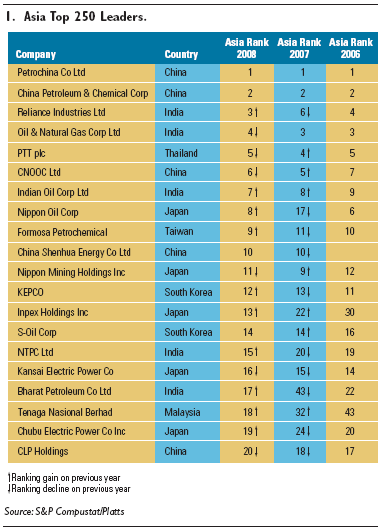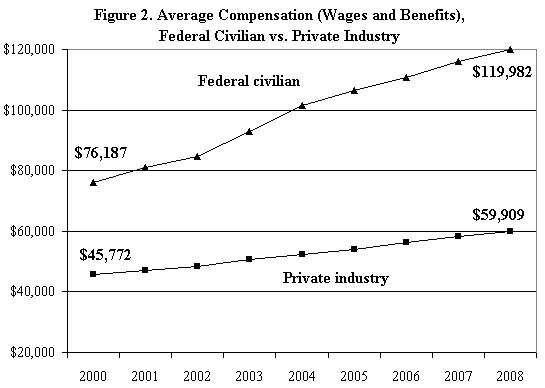In the The Global Competitiveness Report 2009-2010 published by the World Economic Forum, the USA fell to number two position from first last year.The report attributes this fall to the weakening financial markets and macroeconomic stability. Switzerland topped the rankings this year.Similar to US, the UK also fell one position to 13th place this year.
“The rankings are calculated from both publicly available data and the Executive Opinion Survey, a comprehensive annual survey conducted by the World Economic Forum together with its network of Partner Institutes (leading research institutes and business organizations) in the countries covered by the Report.”
The Top 10 Competitive countries are:
Switzerland
US
Singapore
Sweden
Denmark
Finland
Germany
Japan
Canada
Netherlands
Among the developing countries India ranks 49th, Brazil 56th and China 29th.


